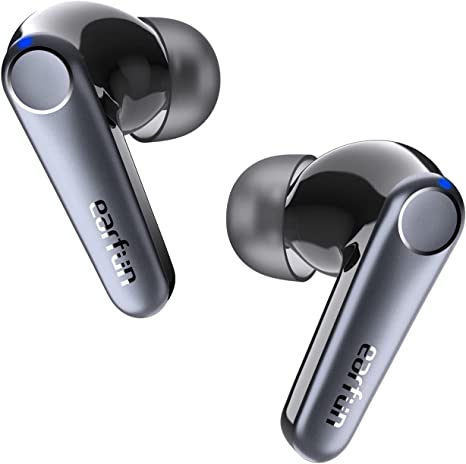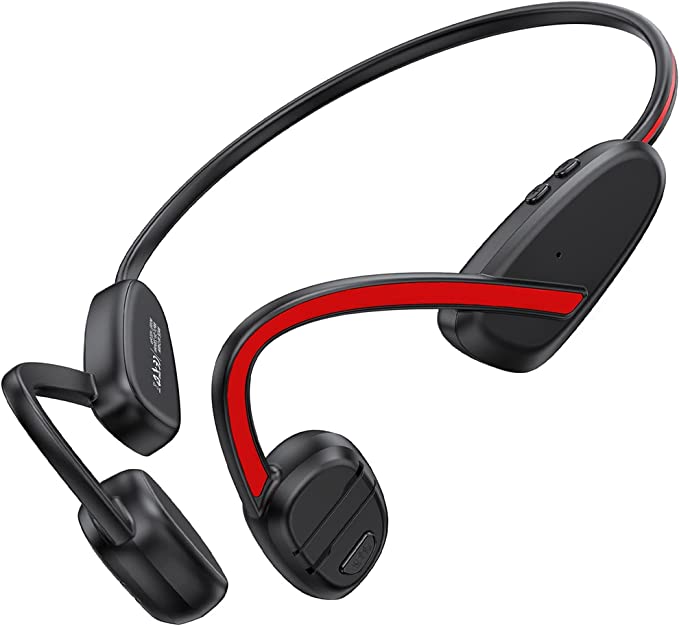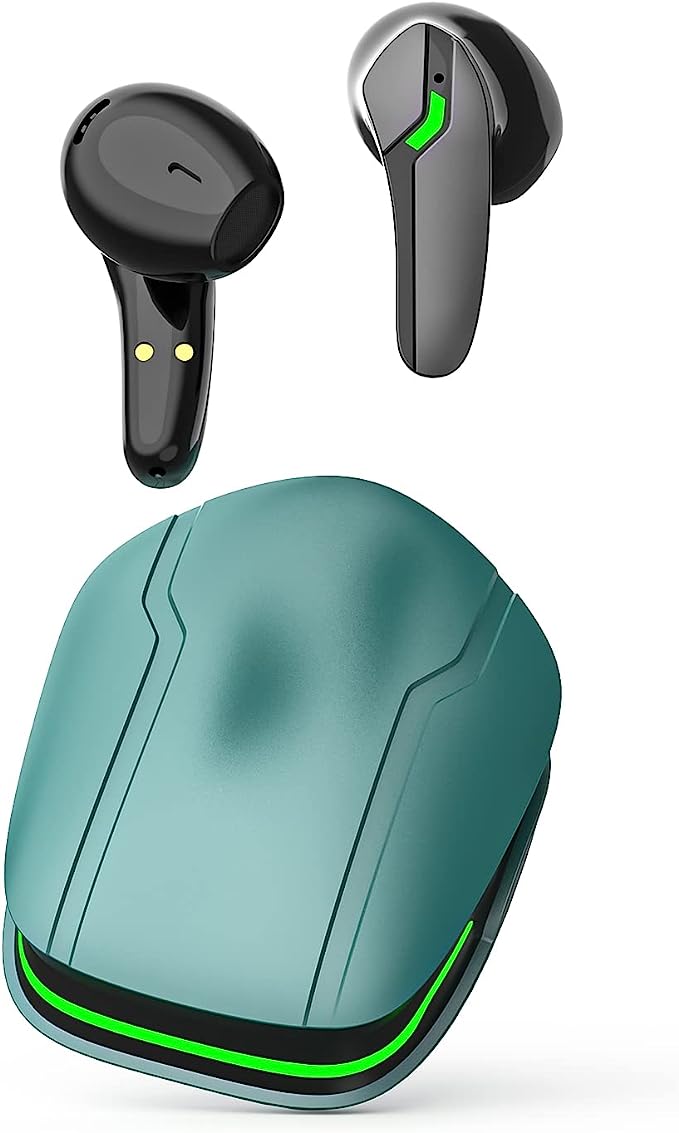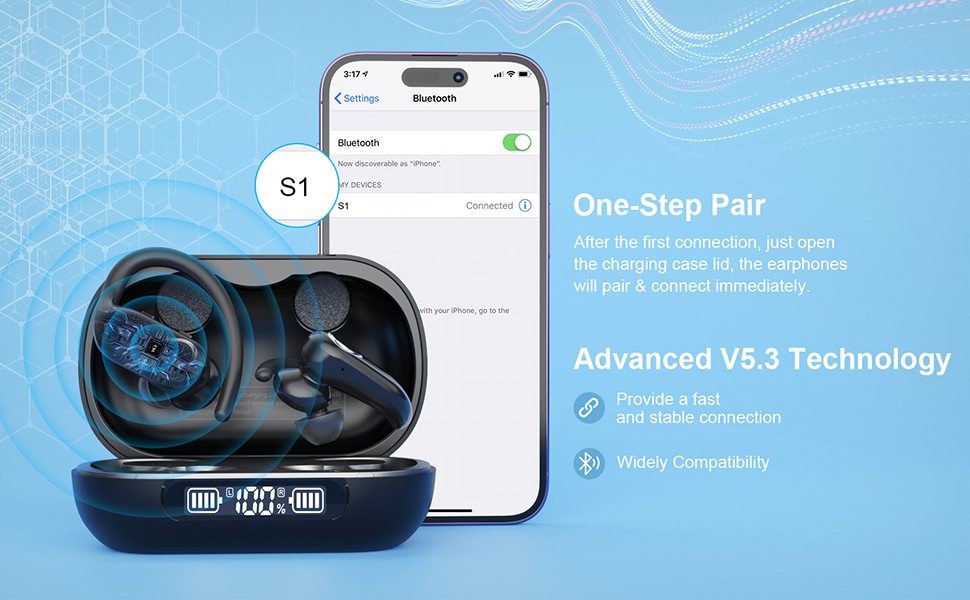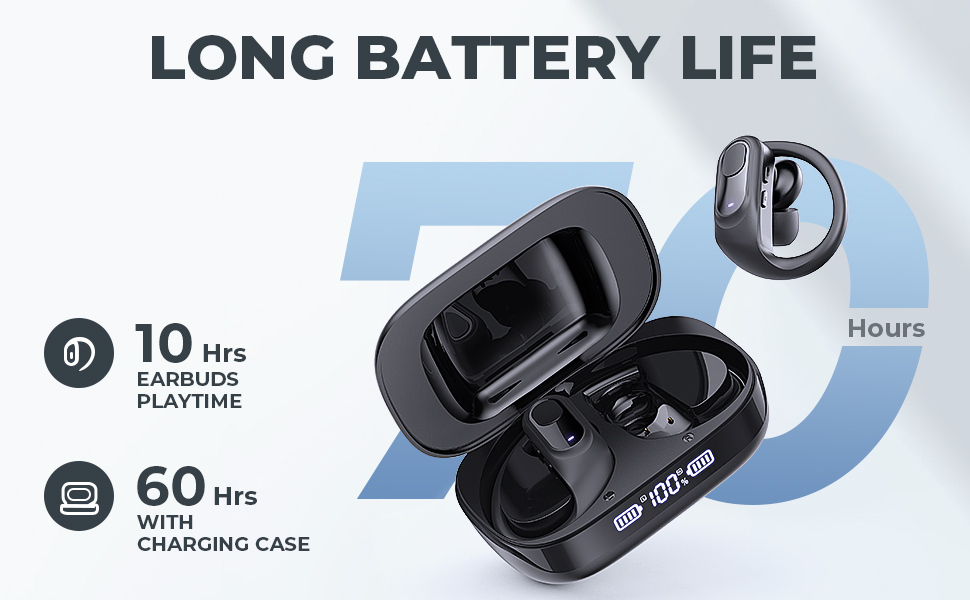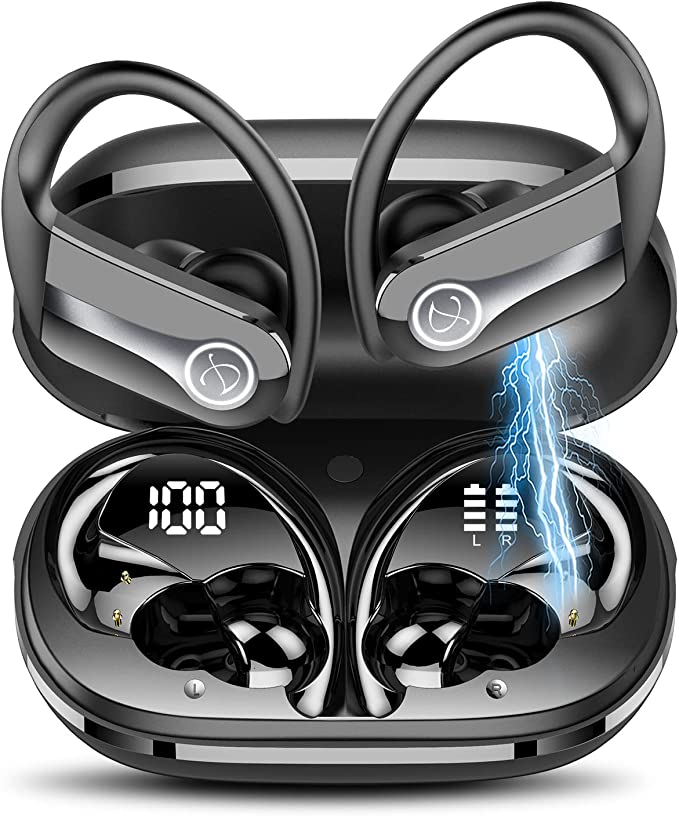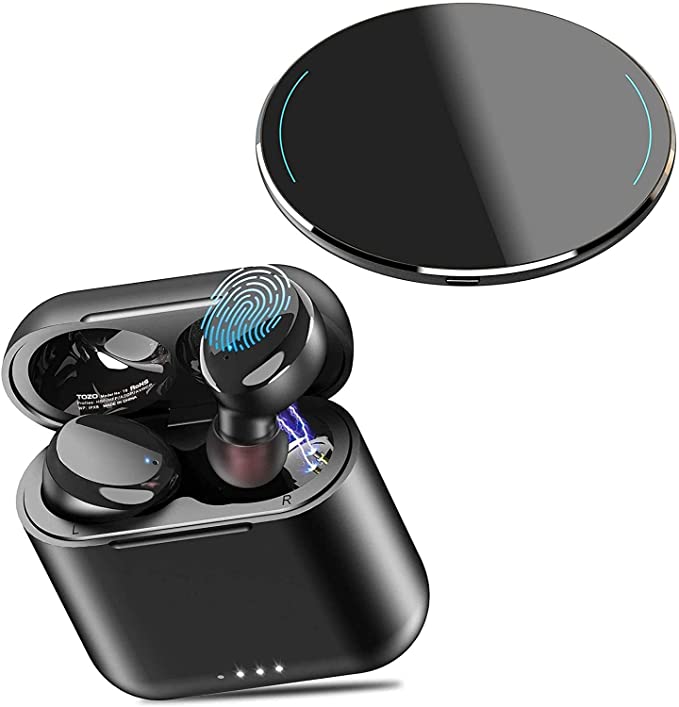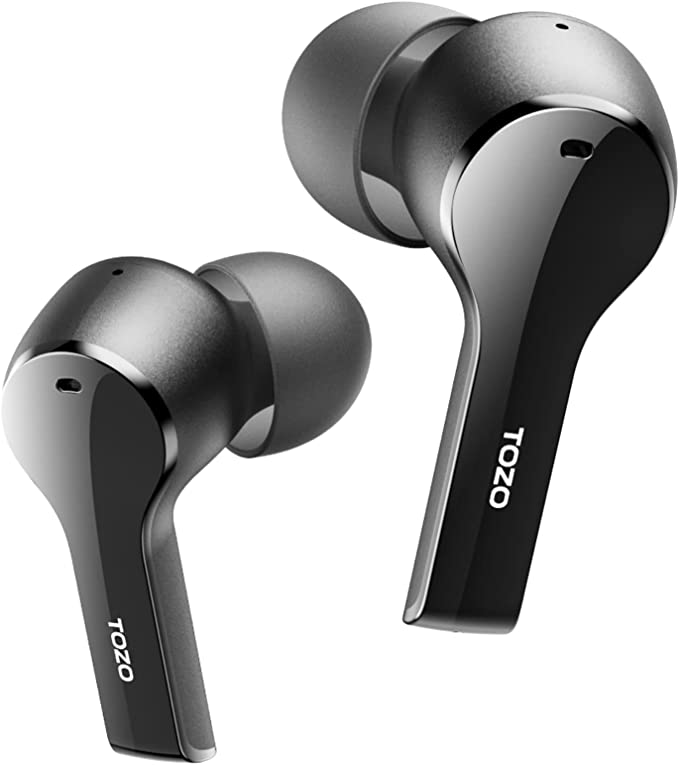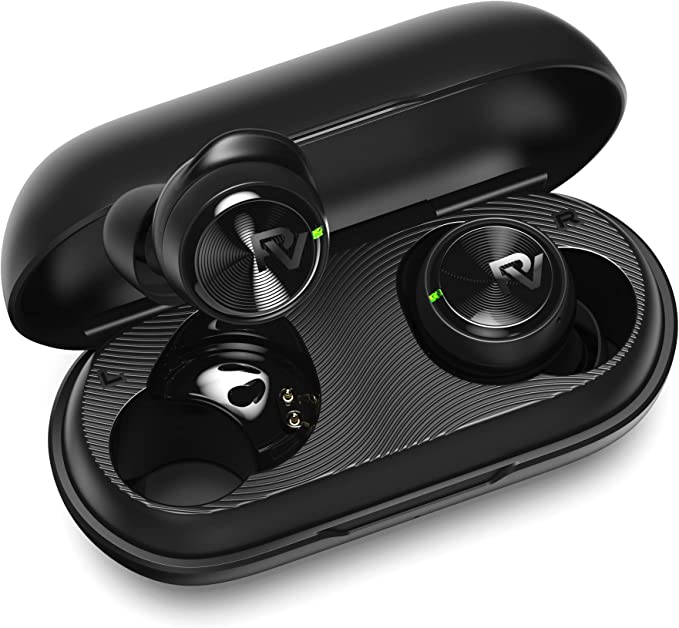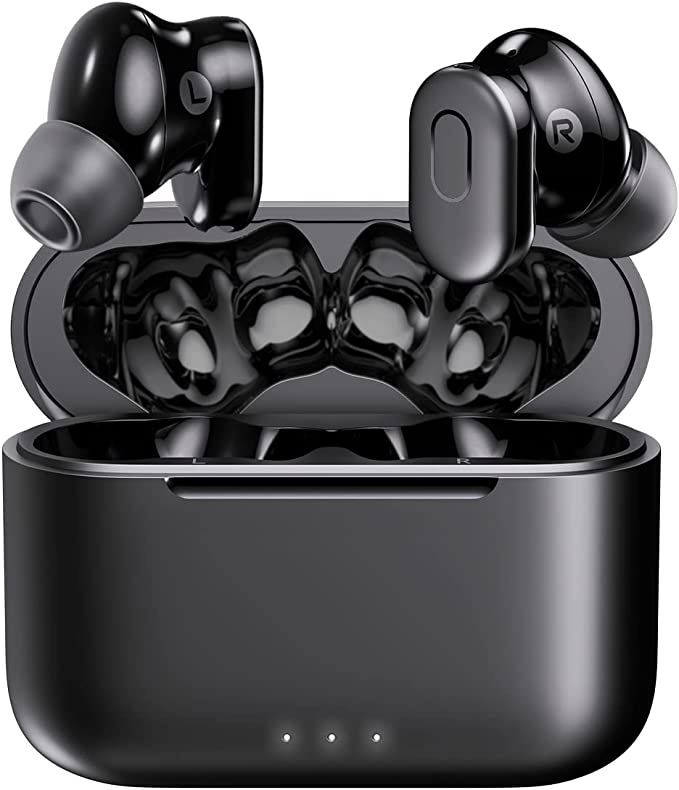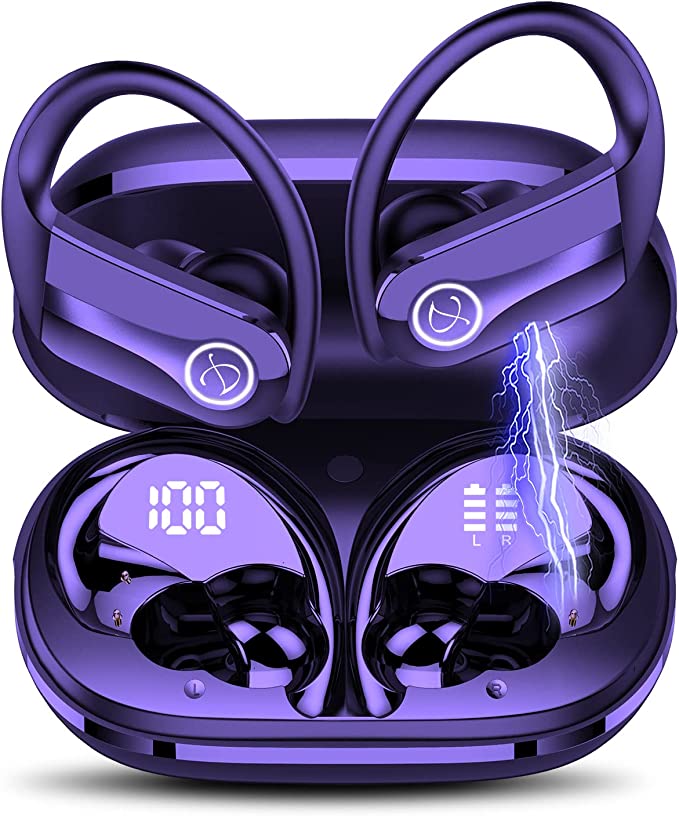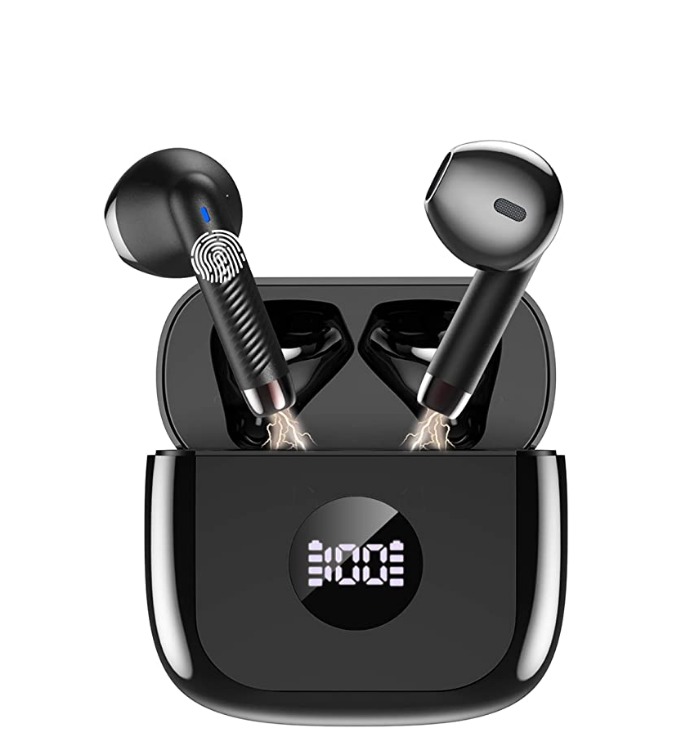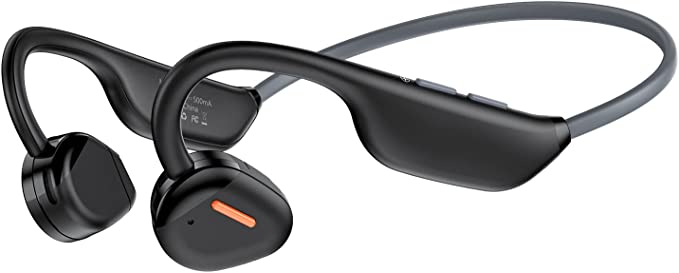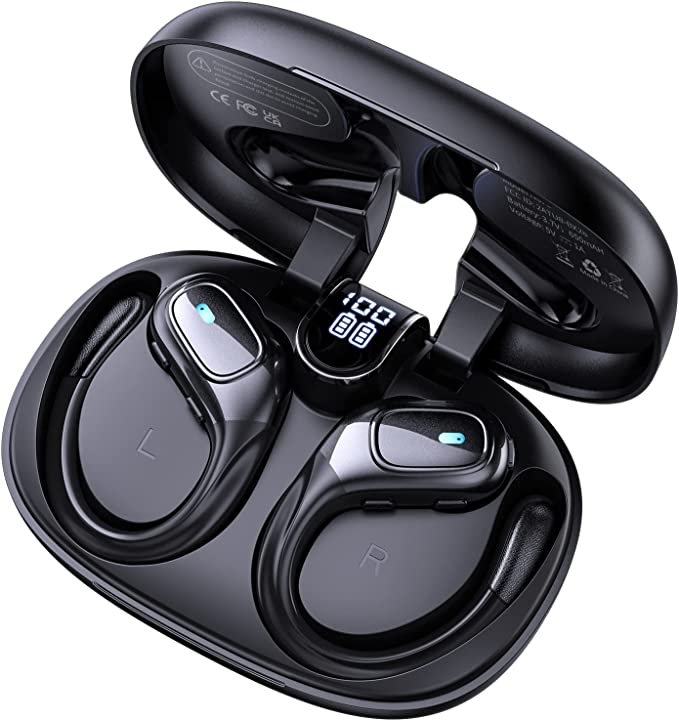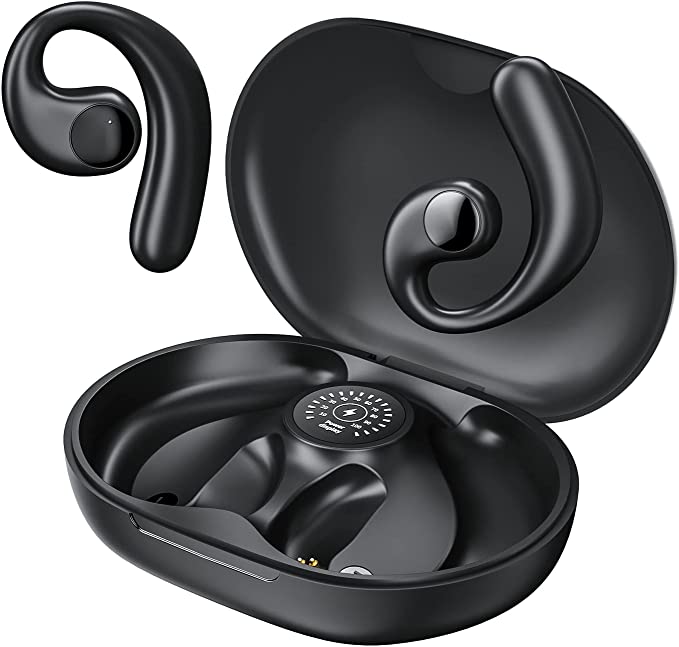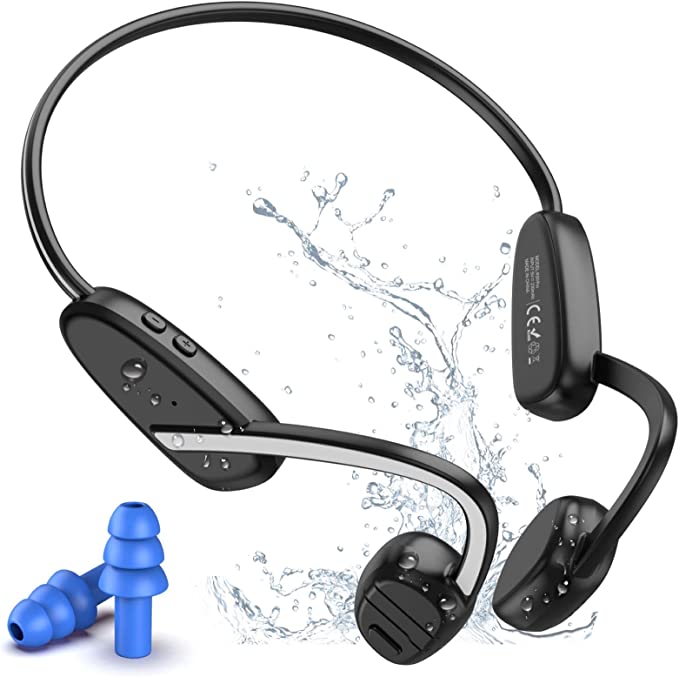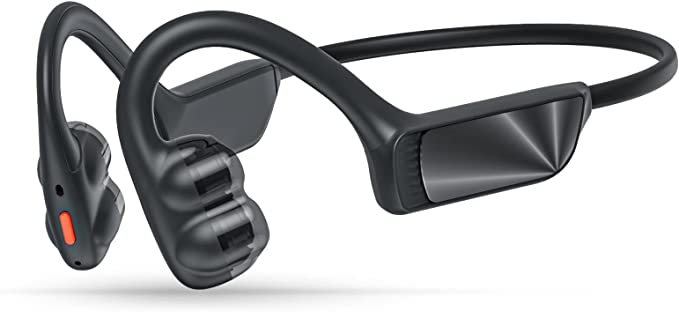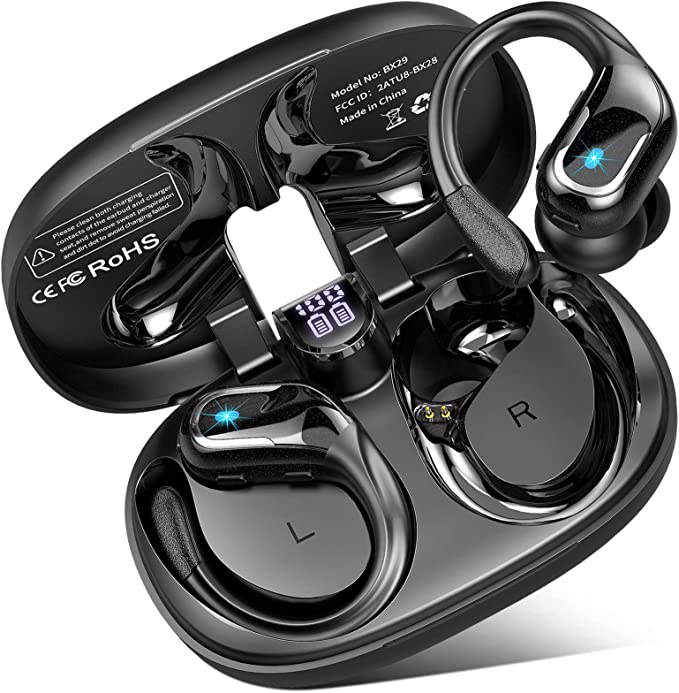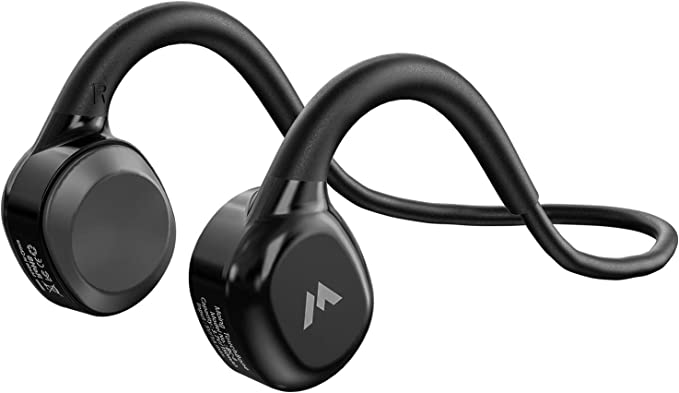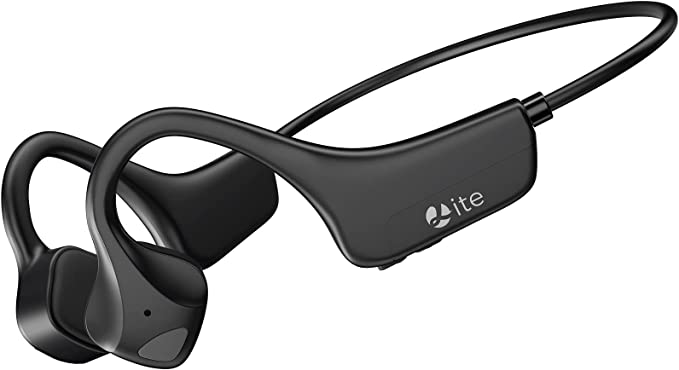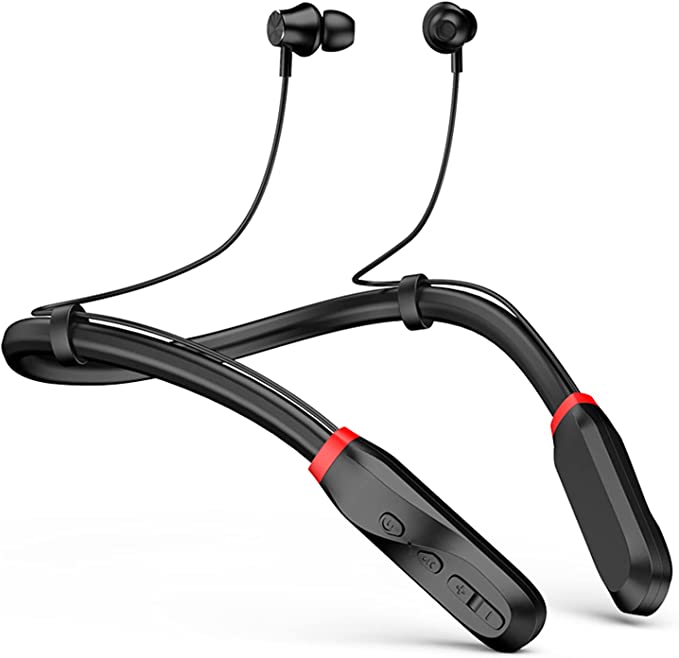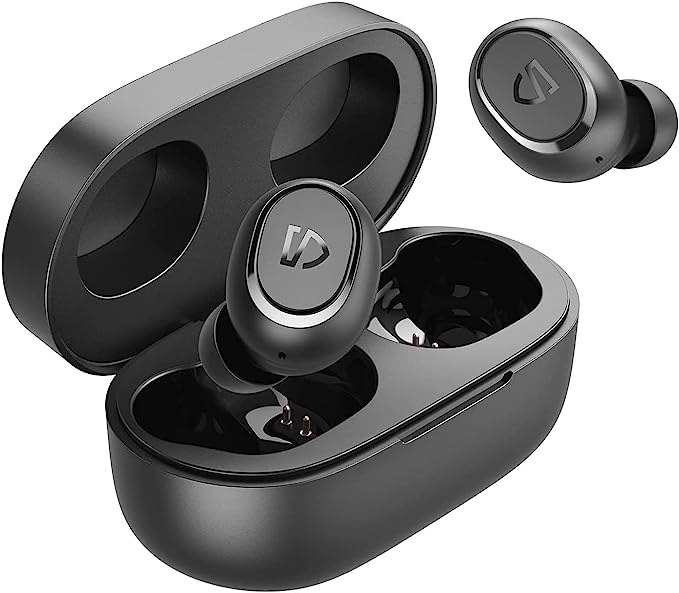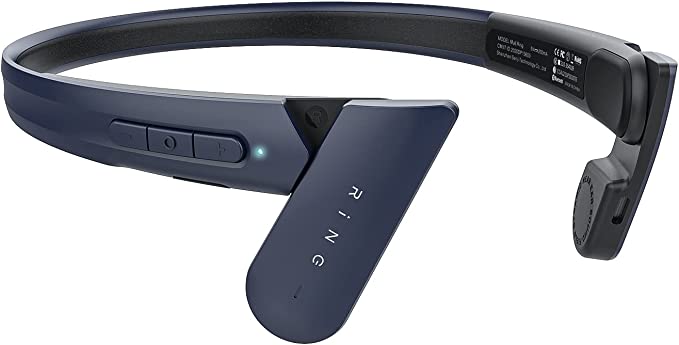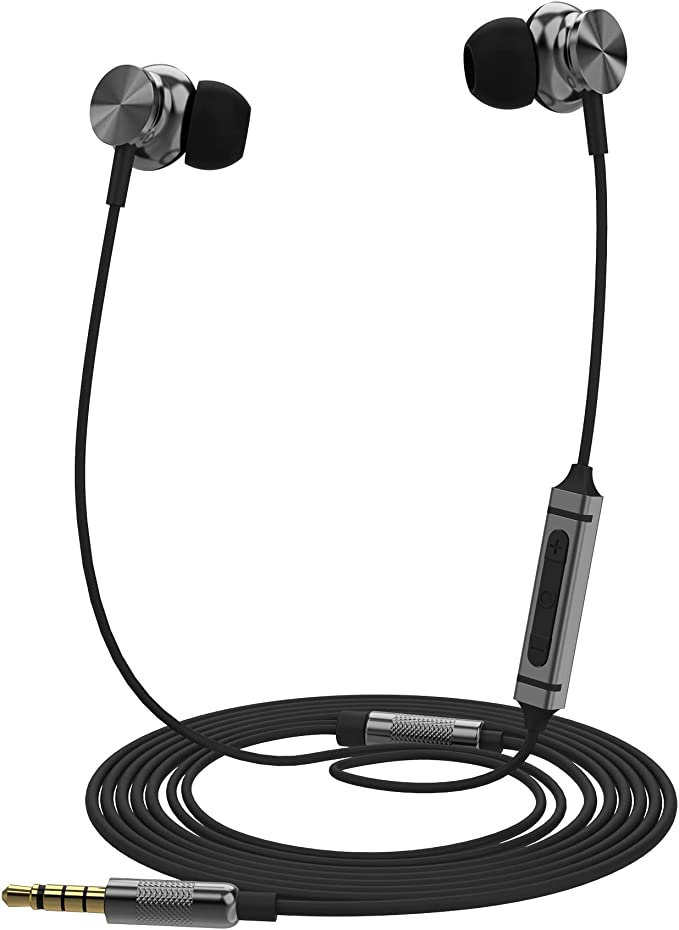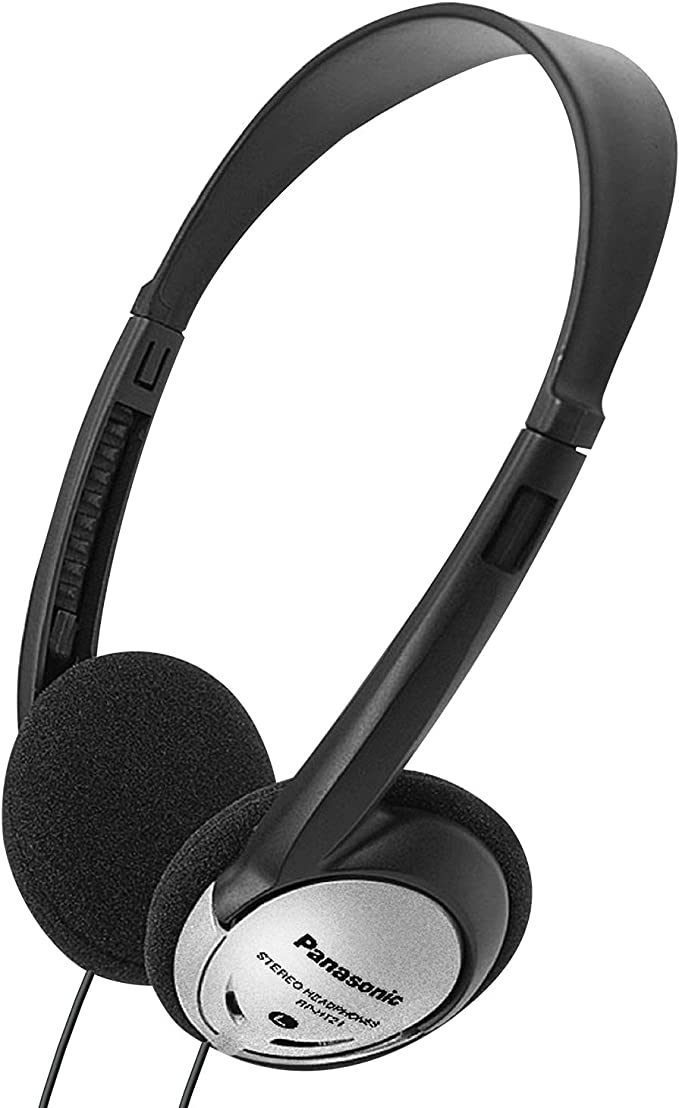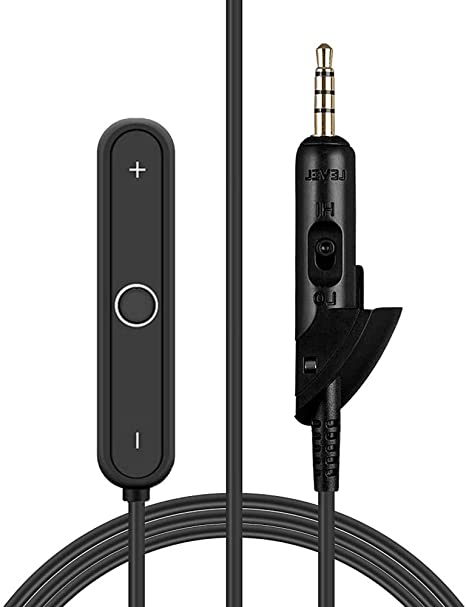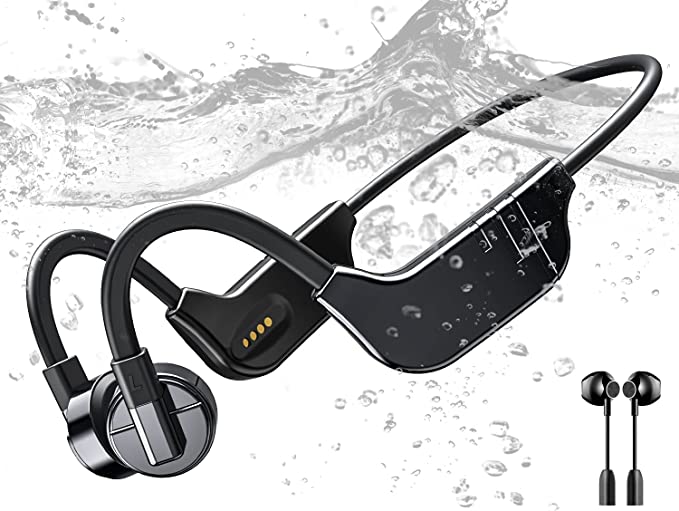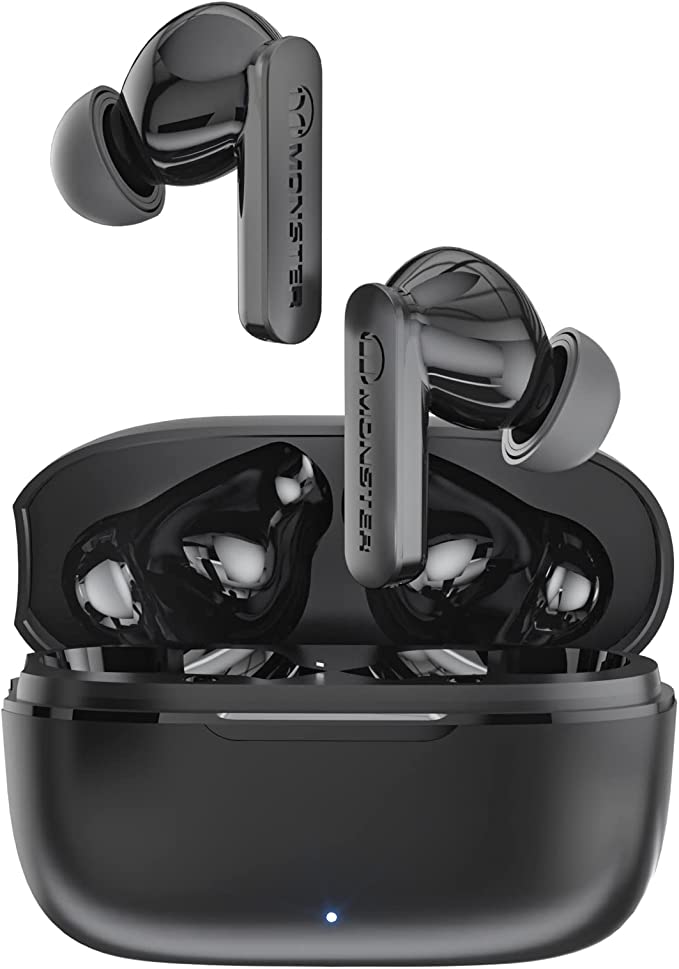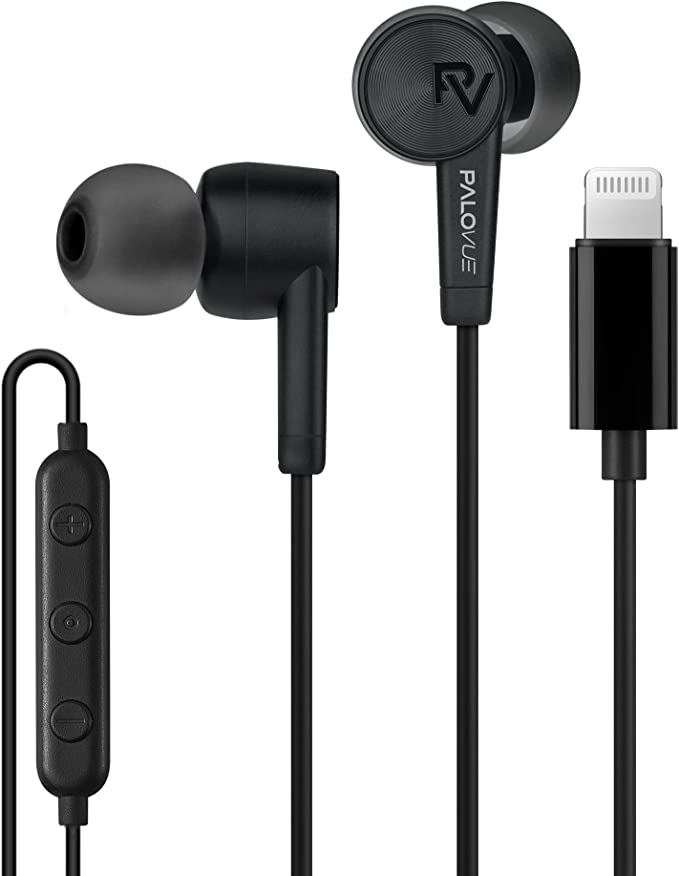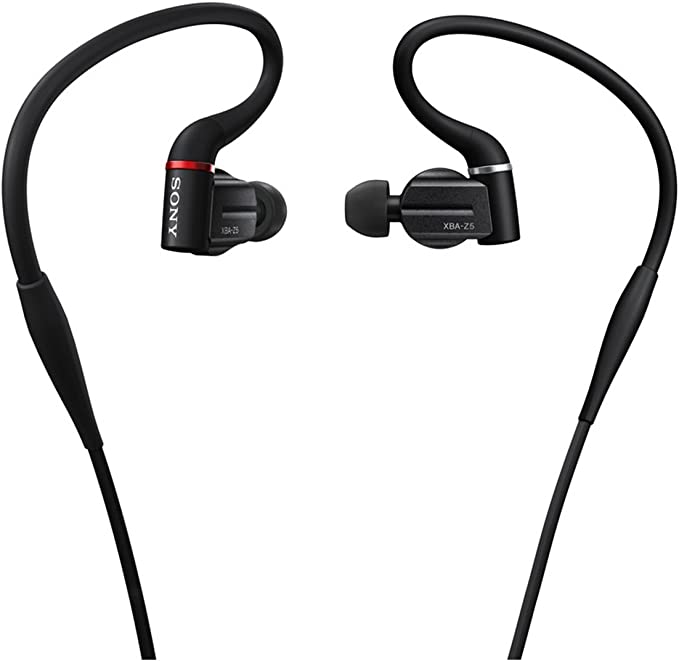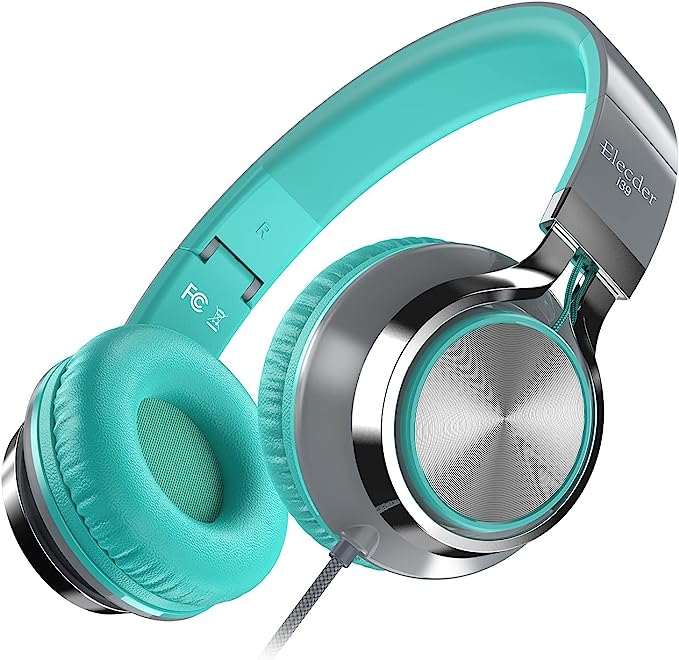The $27 Sound Machine: An Audio Scientist's Teardown of the AIHOOR A2 Earbuds
Update on Aug. 13, 2025, 5:55 a.m.
In the vast, cacophonous marketplace of consumer electronics, few areas are as saturated as true wireless earbuds. At the top sit the established titans, their premium offerings commanding premium prices. At the bottom, a seemingly endless sea of unfamiliar names promises the world for the price of a takeaway meal. It’s a landscape that breeds skepticism. So when a product like the AIHOOR A2 wireless earbuds appears, boasting “extra bass,” the latest Bluetooth 5.3, and a 30-hour battery life for less than thirty dollars, the immediate question isn’t just “Are they good?” but rather, “How is that even possible?”
This isn’t a typical review. Instead, consider this a laboratory teardown. We’re going to put marketing claims under a scientific microscope and treat these earbuds not as a simple product, but as a fascinating case study in the art of value engineering. The goal is to uncover the specific, deliberate choices an engineering team makes to deliver a competent audio experience while navigating the punishing constraints of a rock-bottom budget. What follows is the story of those compromises, a tale of surprising strengths and understandable limitations.

The Heart of the Sound: A Tale of Two Polymers
The soul of any earbud is its driver—the tiny engine that converts electrical signals into the sound waves that move us. Most budget earbuds opt for a single, simple material for the driver’s diaphragm, the membrane that vibrates to create sound. It’s a cost-effective but often sonically compromised choice. This is where the AIHOOR A2 makes its first, and most significant, stand. It employs a 10mm dynamic driver, but the secret lies in its composite PEEK+PU diaphragm.
This isn’t just a random string of letters; it’s a deliberate marriage of two distinct polymers, each chosen to solve a different acoustic problem.
Think of PEEK (Polyetheretherketone) as the guitar pick in this analogy. It is a remarkably rigid, lightweight, and high-performance polymer, prized in demanding fields like aerospace and medical implants. In acoustics, its stiffness is its virtue. It allows the diaphragm to vibrate incredibly fast and precisely without deforming, which is crucial for reproducing high-frequency sounds. This is what delivers clarity in vocals, the crisp snap of a snare drum, and the shimmer of cymbals. Without a stiff component like PEEK, treble can often sound smeared or tinny.
Now, meet its partner, PU (Polyurethane). If PEEK is the guitar pick, PU is the supple skin of a bass drum. It’s a flexible, resilient elastomer known for its excellent damping properties. This flexibility allows the diaphragm to move a greater distance, displacing more air to create the long, slow waves of low-frequency sound. This is the physical origin of bass. Critically, its damping quality prevents the bass from becoming a muddy, uncontrolled boom, instead aiming for a tighter, more “punchy” response.
By bonding these two materials into a single composite diaphragm, the engineers are attempting to get the best of both worlds. The PEEK core handles the treble, while the PU surround delivers the bass. This is the science behind the “extra bass” claim—it’s not just a software trick boosting the low end, but a physical characteristic engineered into the driver itself. It’s a sophisticated approach rarely seen at this price point and is the single most compelling piece of evidence that the A2 is more than just another generic earbud.

The Invisible Barrier: The Physics of Fit and Silence
Before any sound from the driver can be properly appreciated, an earbud must conquer the environment. This is where the crucial, though often overlooked, principle of Passive Noise Isolation (PNI) comes into play. The AIHOOR A2, quite explicitly, does not have Active Noise Cancellation (ANC). ANC is a complex, power-hungry, and expensive technology that uses microphones to listen to outside noise and then generates an inverse sound wave to electronically cancel it out. Its absence here is the most obvious and necessary compromise to meet the A2’s price target.
Instead, the A2 relies entirely on PNI, which is a fancy term for a very simple concept: physically blocking the ear canal like a high-quality earplug. The effectiveness of this barrier is entirely dependent on achieving a perfect acoustic seal. If there are any gaps between the ear tip and your ear canal, two things happen: low-frequency bass waves leak out, and high-frequency external noises leak in. This is why a user who finds the perfect fit might praise the A2’s powerful bass, while another with a poor seal might find it thin and underwhelming.
Recognizing this physical dependency, AIHOOR includes four different sizes of silicone ear tips (XS, S, M, L). This is not a trivial accessory; it is fundamental to the product’s performance. Experimenting to find the size that creates a snug, comfortable, and complete seal is the most important thing a user can do to unlock the A2’s full sonic potential. It is a simple lesson in physics: to control what you hear, you must first control the seal with the outside world.

The Wireless Bridge: Promises and Limits of Bluetooth 5.3
The connection between your phone and the earbuds is a potential minefield of dropouts, glitches, and delays. The A2 advertises Bluetooth 5.3, the latest mainstream version of the standard. This is a genuine asset. Compared to older versions, Bluetooth 5.3 offers a more stable connection, is more power-efficient (a key contributor to the 30-hour total battery life), and can switch between states more quickly. For the simple act of listening to music while your phone is in your pocket, this ensures a robust, largely uninterrupted experience.
However, a common praise for Bluetooth 5.3 is its potential for lower latency, which is the delay between when a sound is generated on-screen and when you hear it. This is where we encounter the A2’s most significant technical trade-off, one highlighted by user reviews mentioning a “noticeable delay” in videos and games.
The truth is, latency is less about the Bluetooth version itself and more about the audio codec being used. A codec is the algorithm that compresses audio for wireless transmission and then decompresses it at the earbud. To keep costs down, budget earbuds like the A2 almost universally rely on the standard, mandatory codecs: SBC and sometimes AAC. While fine for music, SBC can have a latency of over 200 milliseconds—easily perceptible when watching someone speak or playing a rhythm-based game. AAC performs better, especially on Apple devices, but is still not a true low-latency solution.
Premium, low-latency codecs like Qualcomm’s aptX Adaptive cost licensing fees and require more processing power, placing them outside the A2’s budget. Therefore, the delay some users experience isn’t a defect; it is an inherent limitation of the standard technology employed at this price point. The A2 provides a modern, stable bridge for audio, but it’s a bridge built for the steady traffic of music, not the split-second demands of competitive gaming.

The Verdict on Value Engineering
After this scientific teardown, a clear picture of the AIHOOR A2 emerges. It is not an “AirPods killer” or a revolutionary breakthrough. It is something far more interesting: a masterclass in compromise and a testament to the art of value engineering.
The engineers behind this product made a clear, intelligent decision: to pour their limited budget into the single component that matters most for sound quality—the driver. The use of a PEEK+PU composite diaphragm is a genuinely impressive choice that elevates the A2 above its peers. All other decisions flow from this. To afford that driver, electronic extras like ANC and licensed low-latency codecs were deliberately omitted. To ensure the driver’s bass potential could be realized, they relied on the fundamental physics of passive noise isolation, providing the necessary tools with four sizes of ear tips. They chose a modern Bluetooth chip not for its niche gaming performance, but for its core strengths in stability and power efficiency, ensuring a reliable daily listening experience.

The AIHOOR A2, then, is a product of its price. Its weaknesses are not failures, but the transparent and predictable results of its design constraints. Its strengths, however, are the result of a focused and clever allocation of resources. It proves that with smart engineering, you don’t need a fortune to escape the world of tinny, lifeless audio. You just need to know where to invest, and equally, where to compromise. For less than the cost of a new video game, the A2 offers a compelling lesson in the science of sound and the quiet brilliance of making just the right trade-offs.
